The annual selection of the RHS Chelsea Plant of the Year is an eagerly anticipated and much discussed moment in the horticultural calendar, not least because it must be so agonisingly difficult to choose the best from such diverse candidates. The plants that are eligible range from tender greenhouse flowers to robust shrubs (all must be newly bred), and the winning plants are similarly diverse, as can be seen from the list below, in order of year they won. Read more on the upcoming RHS Chelsea Flower Show here. Below I've included how many nurseries stock the plant, so you can see how popular it is and how easy it is to go out and buy it.
1
2010: Streptocarpus 'Harlequin Blue' AGM
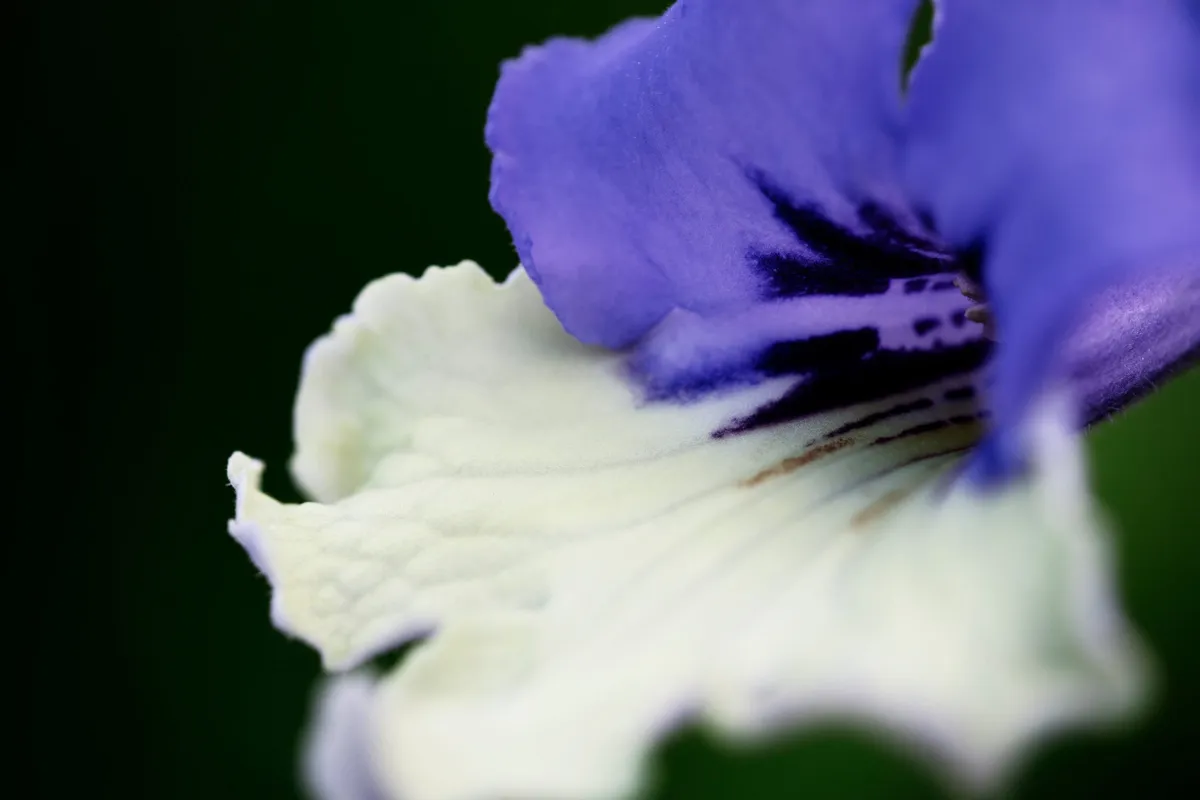
Streptocarpus are tricky things, the best are so delicate that they seldom persist long indoors and the more robust ones seem so very susceptible to powdery mildew. Dibleys, which bred ‘Harlequin Blue’ claims that this plant remains one of its best sellers so it must be more persistent than some other Streptocarpus. One suspects it is also easy to grow in the nursery, a most important, sometimes overlooked, aspect of any garden plant. The RHS Plant Finder lists just three suppliers but not too much should read into this, as there are few Streptocarpus growers.
2
2011: Anemone Wild Swan (='Macane001')

This plant has delicate pure-white flowers with lilac-blue backs that bloom for long periods, often when other shade lovers have finished. It is not as vigorous and indeed therefore not as invasive as other herbaceous anemones. At RHS Garden Wisley it is happiest in areas where the soil remains moist and is lightly shaded. Wild Swan suits smaller gardens where shade is inevitable. No fewer than 39 nurseries list this plant in the RHS Plant Finder, a testament to its popularity, reliability and ease of multiplication for sale.
3
2012: Digitalis x valinii 'Illumination Pink' (='Tmdgfp001')
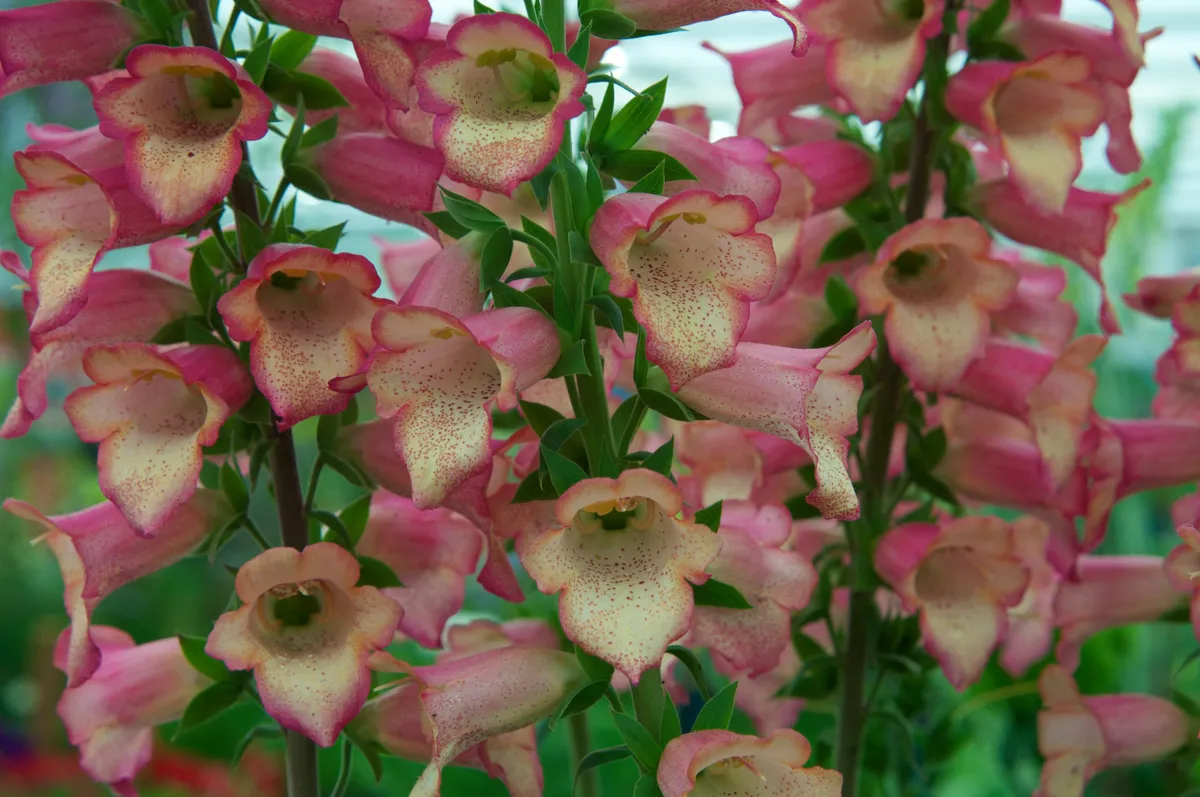
Although often sold simply as Digitalis 'Illumination Pink', strictly speaking it should be called Digitalis × valinii Illumination Pink (='Tmdgfp001') (PBR) (Illumination Series). What a mouthful! Growing to 80cm, bearing masses of richly, and warmly coloured flowers in peaches and pinks, this foxglove is perennial, unlike the biennial common foxglove. It is hardy in most regions and grows in sun or light shade. No seed is set but the plant still produces nectar, feeding pollinators. In the RHS Plant Finder 14 suppliers are listed so this useful plant remains popular.
4
2013: Mahonia eurybracteata subsp. ganpinensis 'Soft Caress'
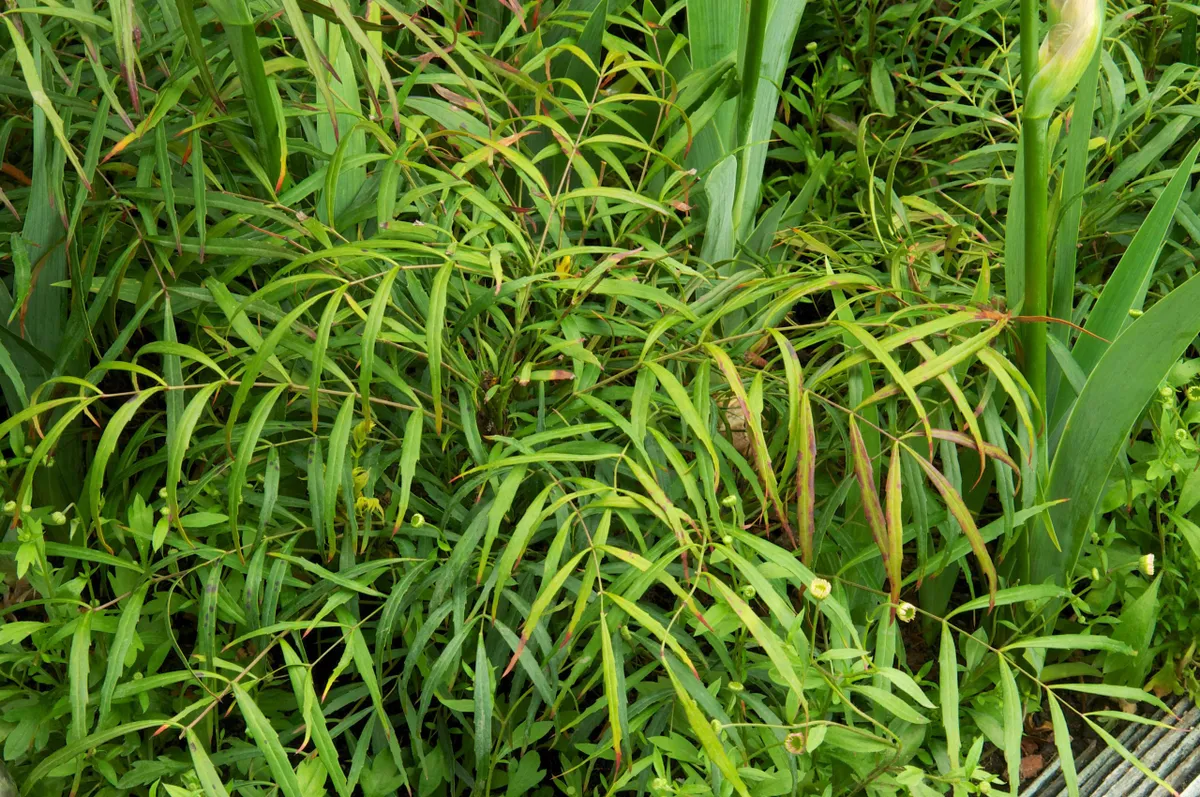
Another long name 'Soft Caress' is a plant for today being robust, evergreen, compact, low maintenance and well suited to smaller gardens. A Mahonia without the characteristic holly-like foliage might seem lacking, but the elongated spineless leaves of Soft Caresses have their own charm. It is hardy in most areas. Expect typical winter yellow flower spikes while blue-black berries follow in late summer. Despite its relatively recent arrival on the market, the RHS Plant Finder lists 30 suppliers.
5
2014: Hydrangea Miss Saori (='H20-2')
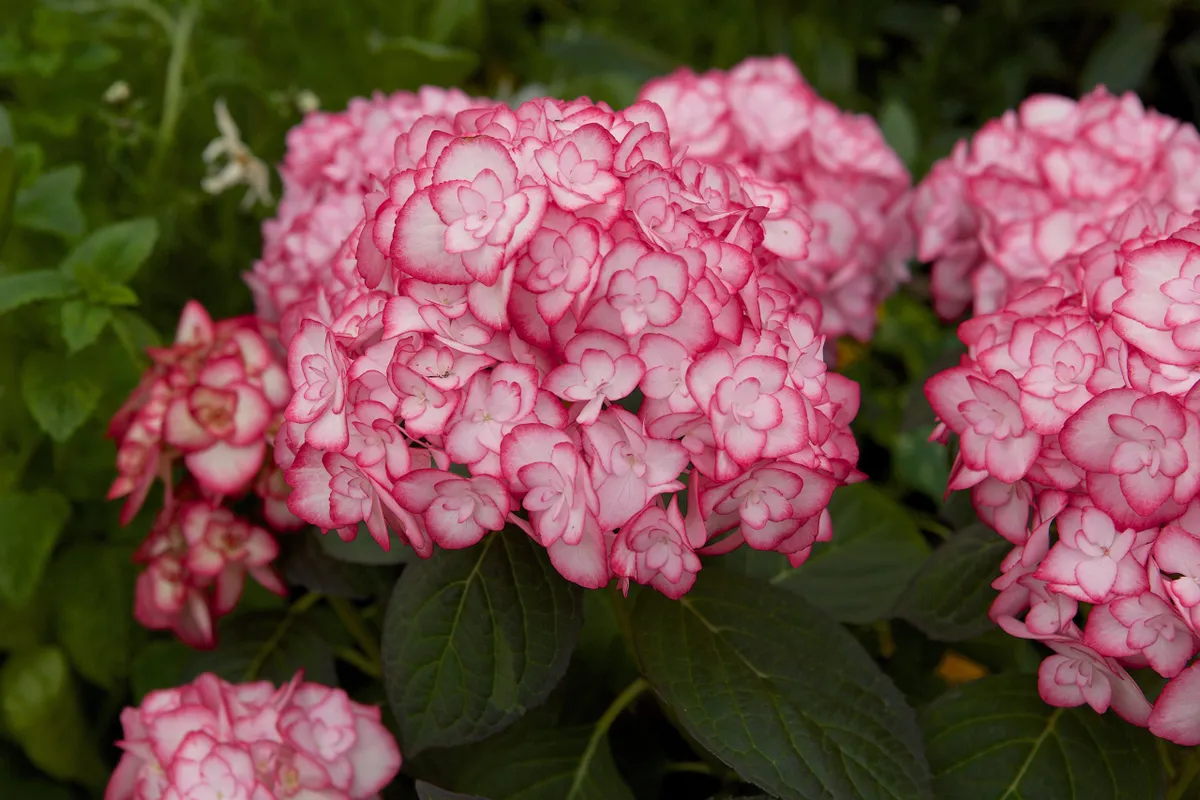
Sold as Hydrangea 'Miss Saori', this mophead hydrangea bears masses of double, bicoloured pink blooms with a darker rim to each sepal, carried on dark green leaved compact shrubs. It flowers for a long season, due to bearing flowers on both new and on older wood. In fact, it is so floriferous it can replace bedding, based on its performance at Wisley. The breeding is reported to have originated as a potential cut flower crop. Some cut flowers make notoriously poor garden plants, cut flower roses and lilies for example, but others, such as peonies and alstroemeria have notably enriched gardens. More material from the cut flower industry should continue to enrich our gardens. Many exciting new hydrangeas have been produced in the last ten years, but in this crowded market place 17 growers are listed in the RHS Plant Finder, which suggests the plant has permanent following.
6
2015: Viburnum plicatum f. tomentosum Kilimanjaro Sunrise (= 'Jww5')
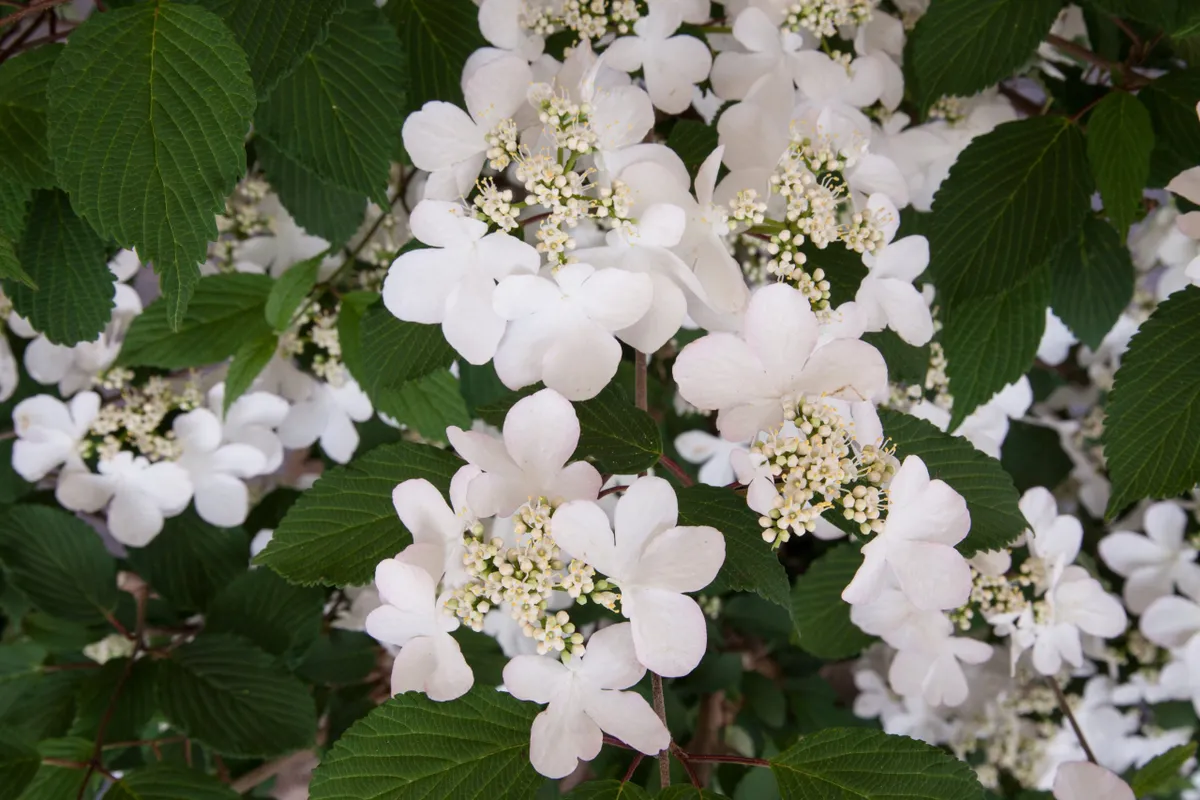
More compact, up to 2.5m, than most Viburnum plicatum f. tomentosum, which can be difficult to fit into smaller gardens. It has white lace cap flowers becoming pink tinted as they turn, dark green textured leaves, red berries and orange and red autumn colour. Furthermore, the flowers are good pollinators and birds devour the berries. With so many different shrubs offered to gardeners, 19 suppliers listed for Kilimanjary sunrise in the RHS Plant Finder is a very promising beginning.
7
2016: Clematis koreana Amber
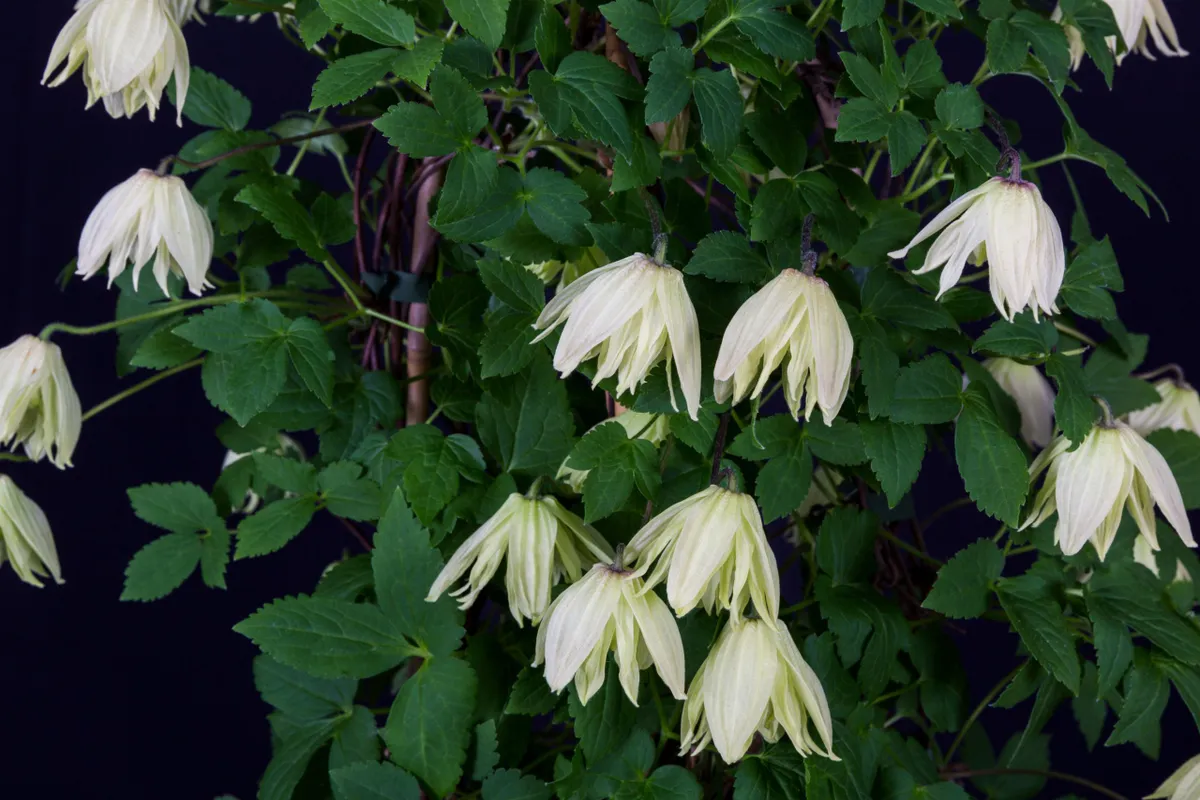
Clematis are one of the most popular garden plants, but it is the climbers that hold gardeners’ affections, clothing walls and fences with perennials. Many are also very vulnerable to wilt disease. Amber, is immune to wilt, very hardy, grows to 4m – just right for smaller gardens – and carries very unusual double, creamy-yellow, bell-like flowers. All the same, with so many clematis offered for sale it is hard for new ones to find a market. However the six suppliers listed in the RHS Plant Finder is very promising, as there are relatively few nurseries that specialise in climbers.
8
2017: Morus rotundiloba 'Charlotte Russe'
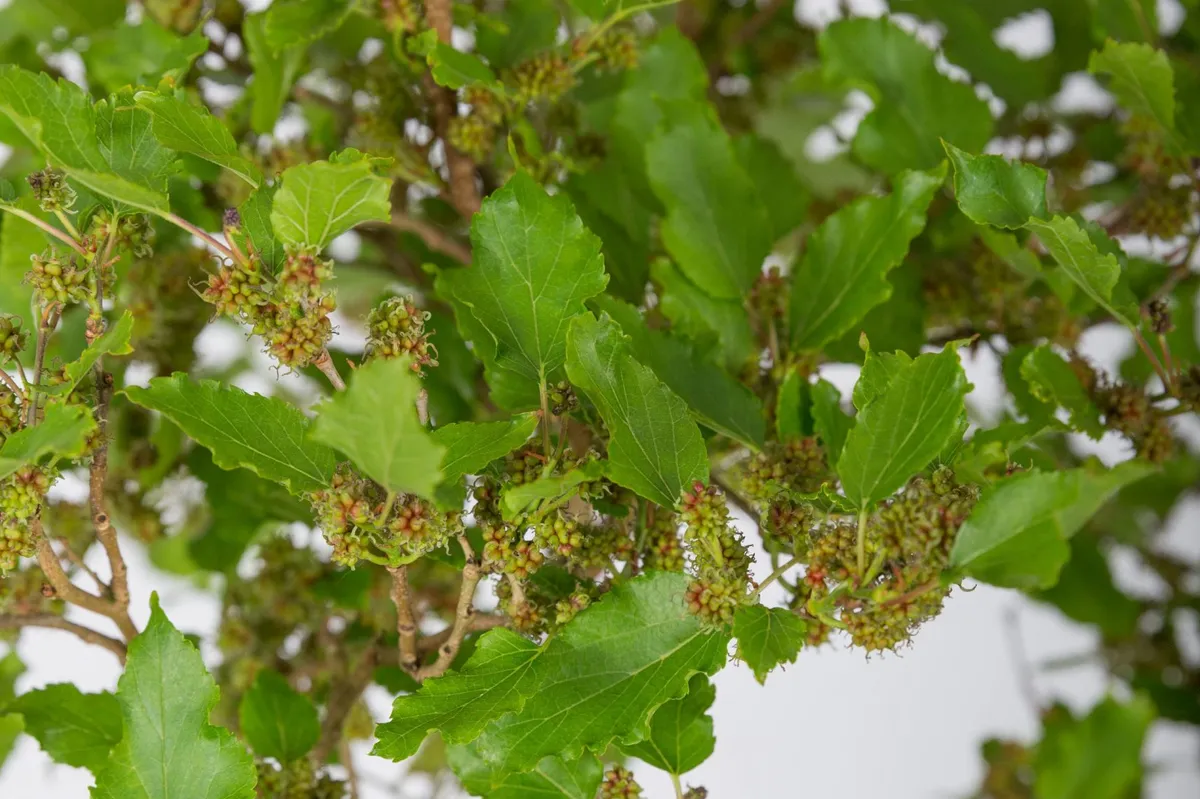
Just two years ago, when it was named Plant of the Year, this plant was called Morus rotundiloba 'Charlotte Russe' (='Matsunaga'). It's still sold as 'Charlotte Russe', but finding it in the RHS Plant Finder is a bit of a puzzle as it is listed as Morus 'Waisei-kirishima-shikinari', with, so the RHS botanists tell me, four other names or synonyms. Although, RHS Plant Finder only lists four suppliers, we know this plant is widely offered through seed merchants. It is probably best to think of this plant as an interesting new soft fruit, as they are not like the traditional black mulberry cultivated in Europe. The Japanese cultivar is a small size, about 1.5m, free fruiting from a young age on both young and old wood.
9
2018: Hydrangea Runaway Bride Snow White (='Ushyd0405')
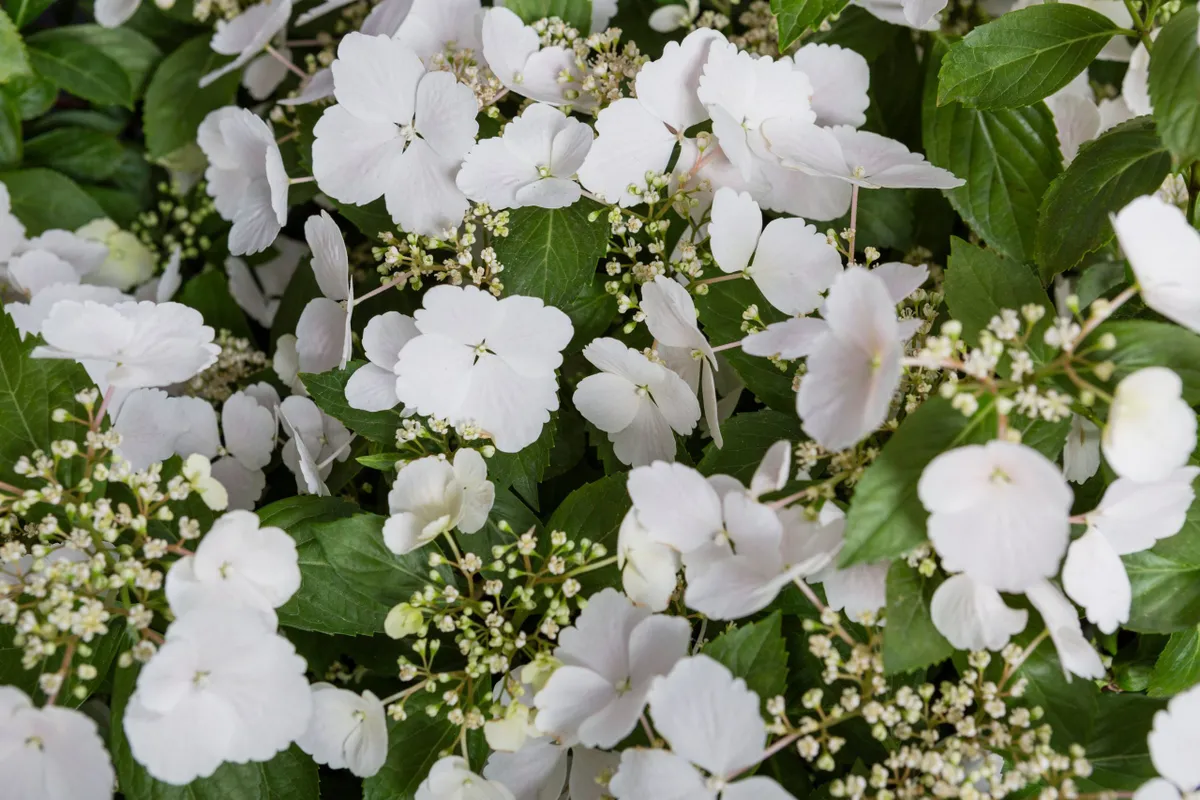
Flowers abundantly all summer bearing white or pink lacecap flowers on side shoots and shoot tips on trailing stems growing up to 1.2m. With this performance it can take the place of tender bedding especially as a container plant, without the effort and cost of bedding plants. It can even do well in hanging baskets. There are three listed suppliers after just a year so Runaway Bride Snow White seems well placed to take off this year.
10
2019: Sedum takesimense Atlantis (='Nonsitnal')

In a way this is the typical modern plant: compact, interesting at all seasons, ideal for small gardens and for containers, and suits the impulse buy beds at garden centres where most sales are reportedly made. On the other hand the Chelsea Plant of the Year is usually rather more flamboyant. Not that S. takesimense Atlantis will disappoint, with its tidy rosettes of bright-green, cream-bordered, scalloped leaves, bearing pale yellow flowers attractive to insects. It needs little water, is good for pot cultivation, covers the ground and is easy to match with other small plants such as hardy cyclamen, lavender and thymes to make a sort of ‘permanent bedding’. For some reason it is absent from the RHS Find-a-Plant. Our best people are investigating.
